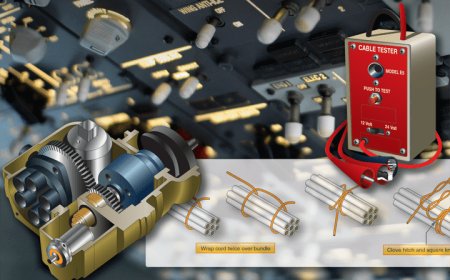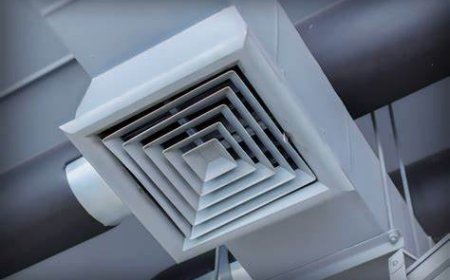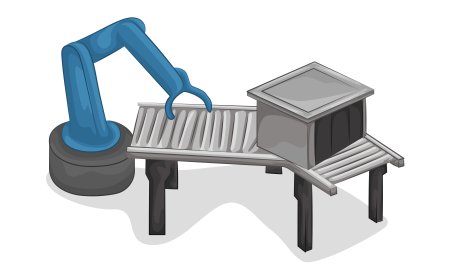- Learn key strategies to analyze yield data, identify process inefficiencies, and maximize production output.
- Explore concepts of process stability, defect detection, and root cause analysis to improve manufacturing yield.
- Engage in virtual simulations of defects such as contamination, etching errors, misalignment, and surface defects.
- Apply troubleshooting techniques to diagnose root causes and implement corrective actions in manufacturing scenarios.
- Use interactive tools to modify parameters like temperature, pressure, etching time, and material handling, observing the impact on yield.
- Evaluate how adjustments affect process efficiency, defect rates, and final product quality.
imaginX is used by many amazing schools and universities
University / College

























